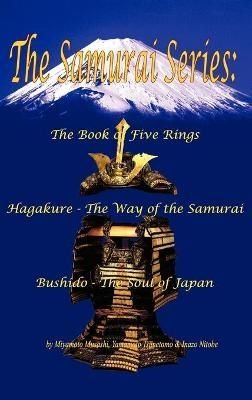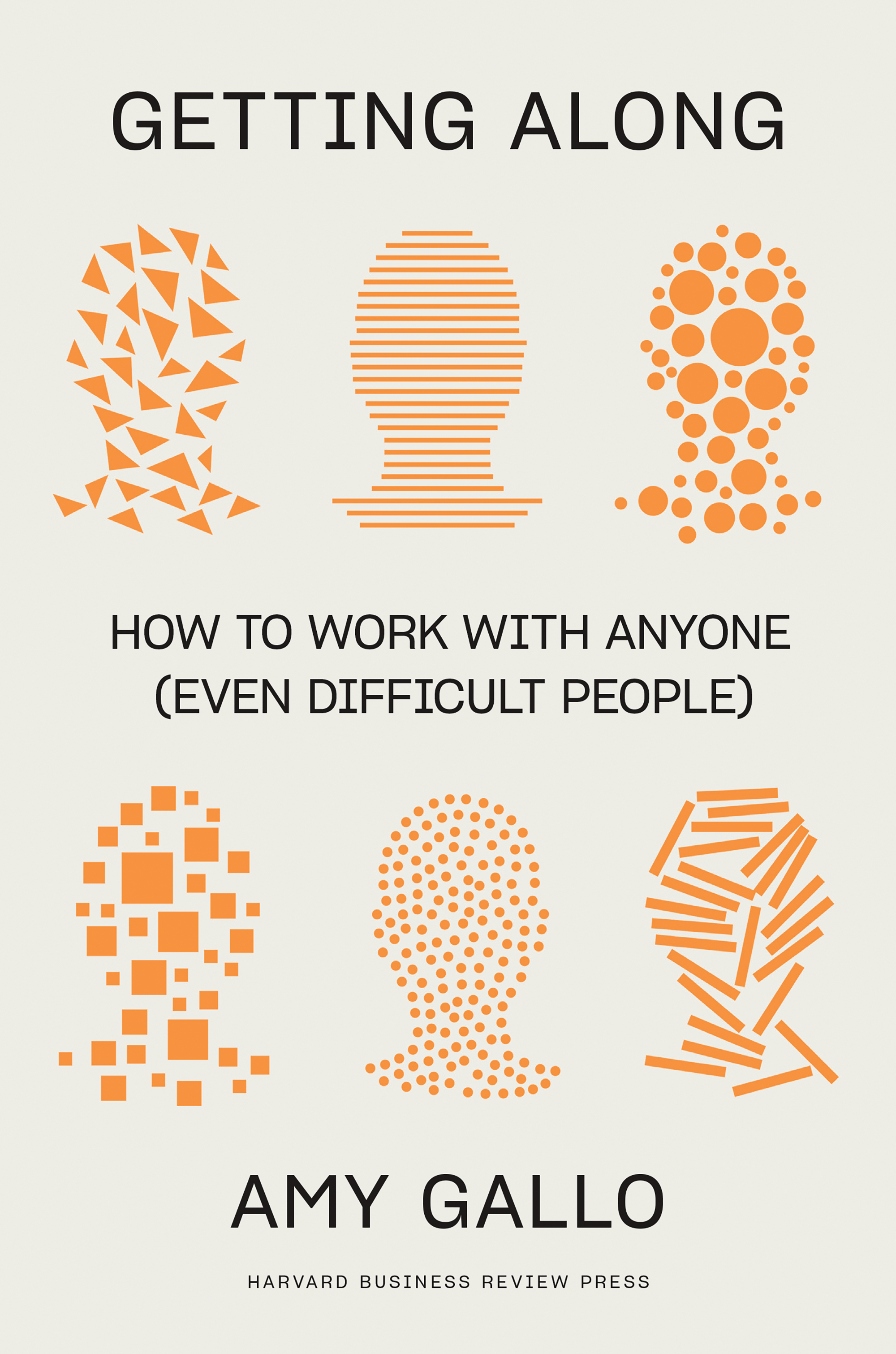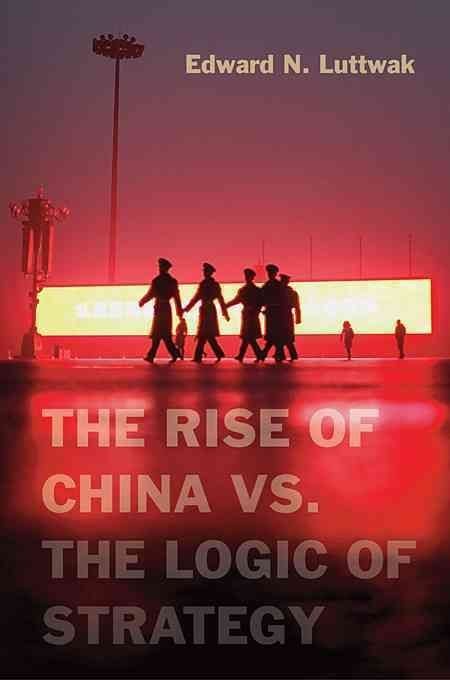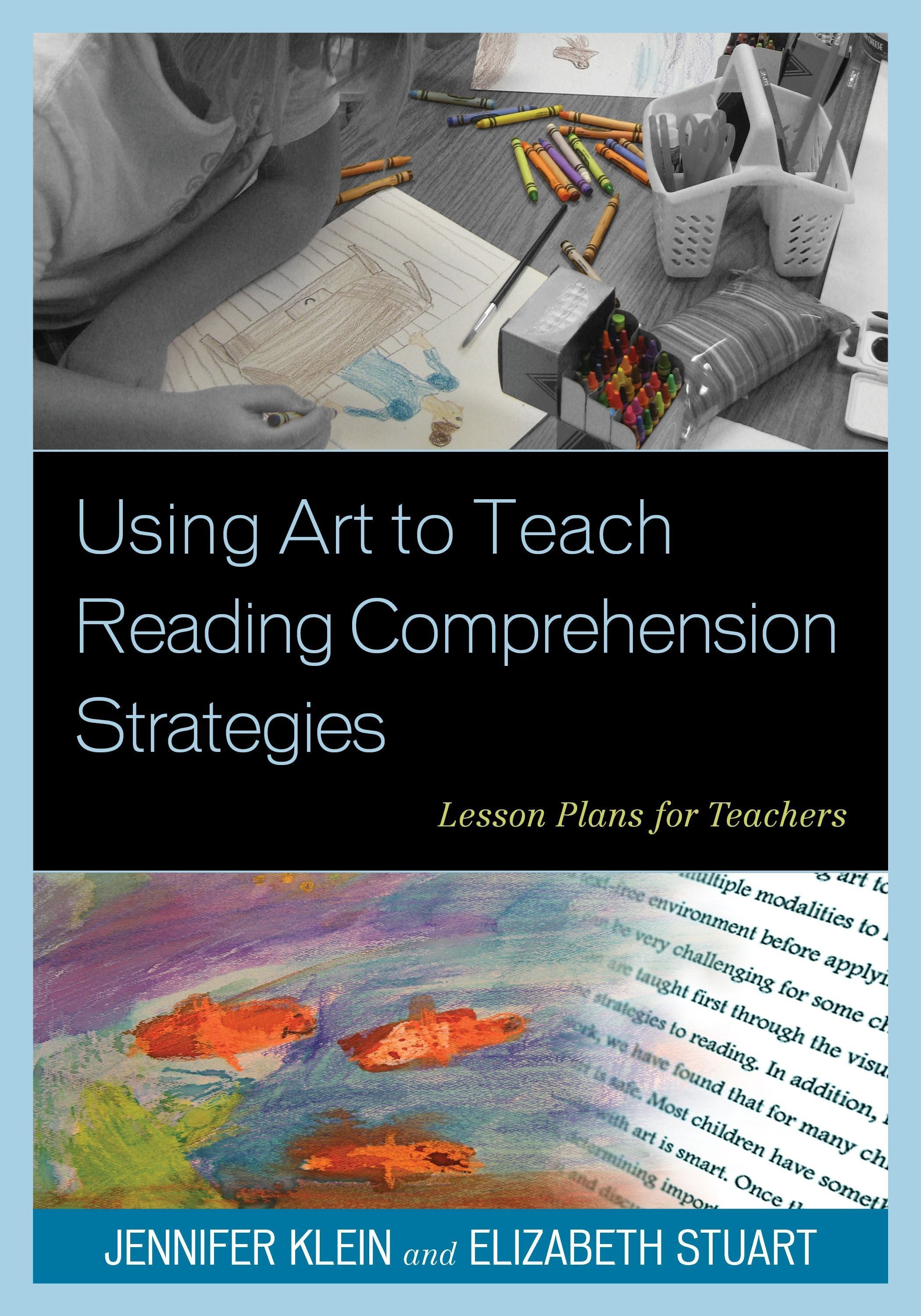bThe Samurai Series/b brings together three of the most important books dealing with the Samurai path and philosophy into one deluxe, illustrated hardcover volume. brbr biThe Book of Five Rings/b/i was written by Miyamoto Musashi, a Samurai of legendary renown, about 1645. It is a masterpiece of simple exposition written by a master swordsman, who, near the end of his spectacular life, tried earnestly to explain the essentials of individual combat and the essence of being a Samurai. His book is widely considered to a cornerstone of the philosophy of iBushido/i. brbr biHagakure - The Way of the Samurai/b/i, which means: “Hidden by Leaves,” was composed from dialogs by the famous Samurai Yamamoto Tsunetomo, by a scribe, Tashiro Tsuramoto, about 1716 AD. It explains the major ideas and philosophy that are essential to the “way of the Samurai”, by which is meant the “way of dying”. It contains numerous tales of various Samurai and their deeds which illustrate their philosophy and practice. brbr biBushido - The Soul of Japan/b/i by Inazo Nitobe was first published 1899. It is an extremely literate presentation by a Japanese intellectual who wished to present Japan and its fundamental philosophy in a way that could be understood by Westerners. It describes how the Shinto religion and Buddhism are the underpinnings of the essentially militaristic view of honor and life that are inherent in Bushido, the Samurai code. brbr Excerpt from The Book of Five Rings. Reprinted by permission. All rights reserved. brbr bThe Gaze in Strategy/b brbr The gaze should be large and broad. This is the twofold gaze, “Perception and Sight”. Perception is strong and sight, weak. brbr In strategy, it is important to see distant things as if they were close, and to take a distanced view of close things. It is important in strategy to know the enemy’s sword, yet not be distracted by insignificant movements of his sword. You must study this. The gaze is the same for single c …












